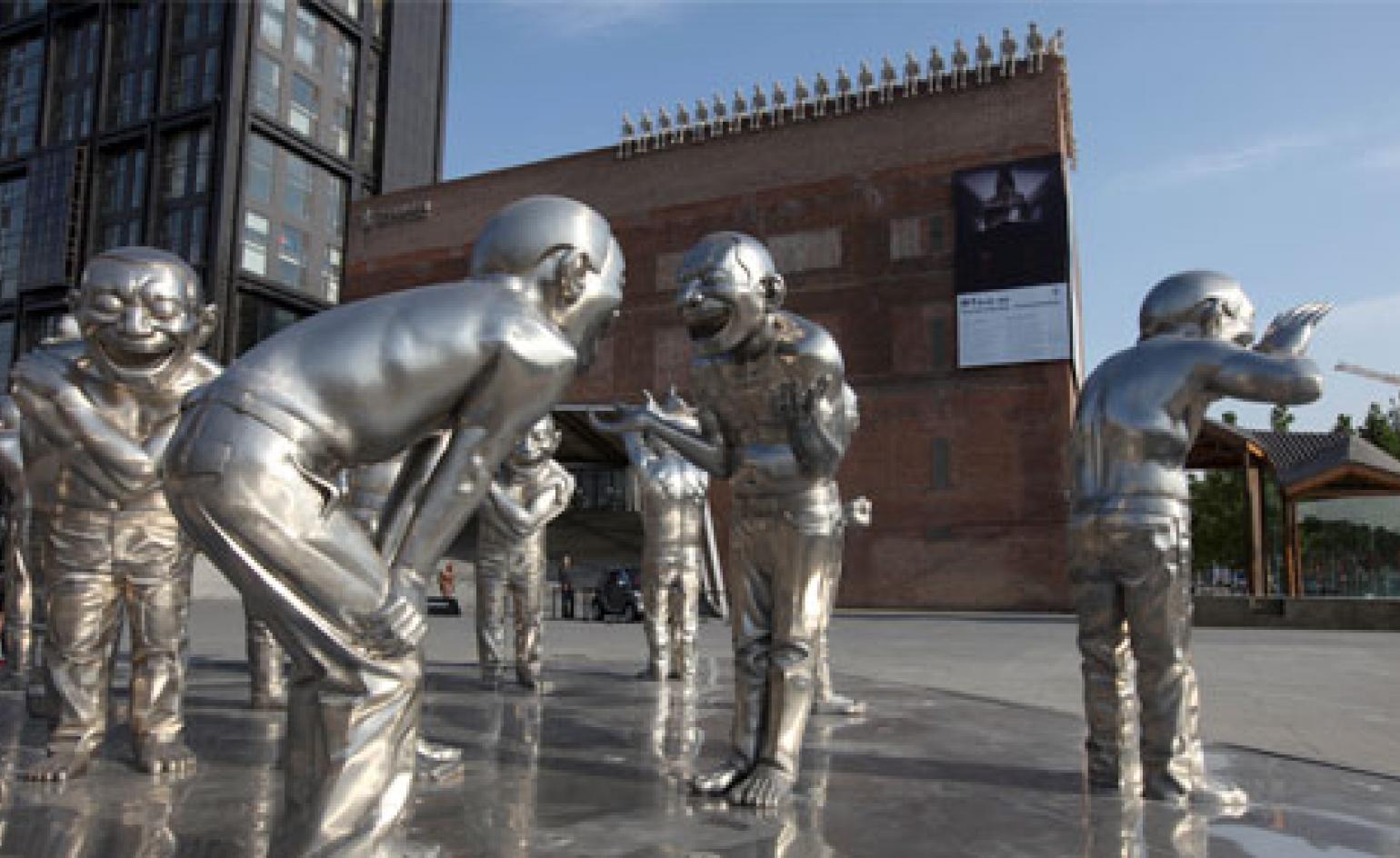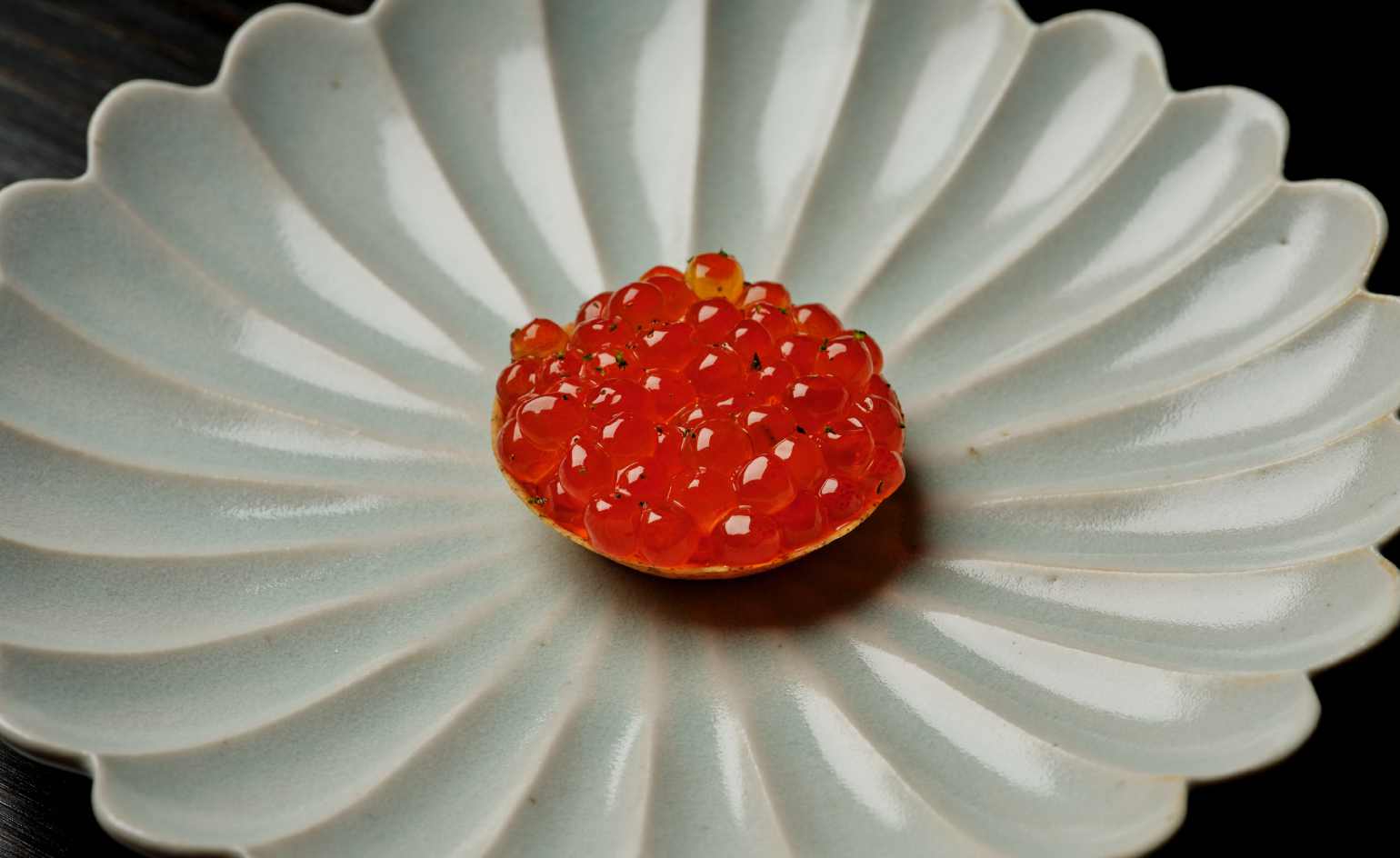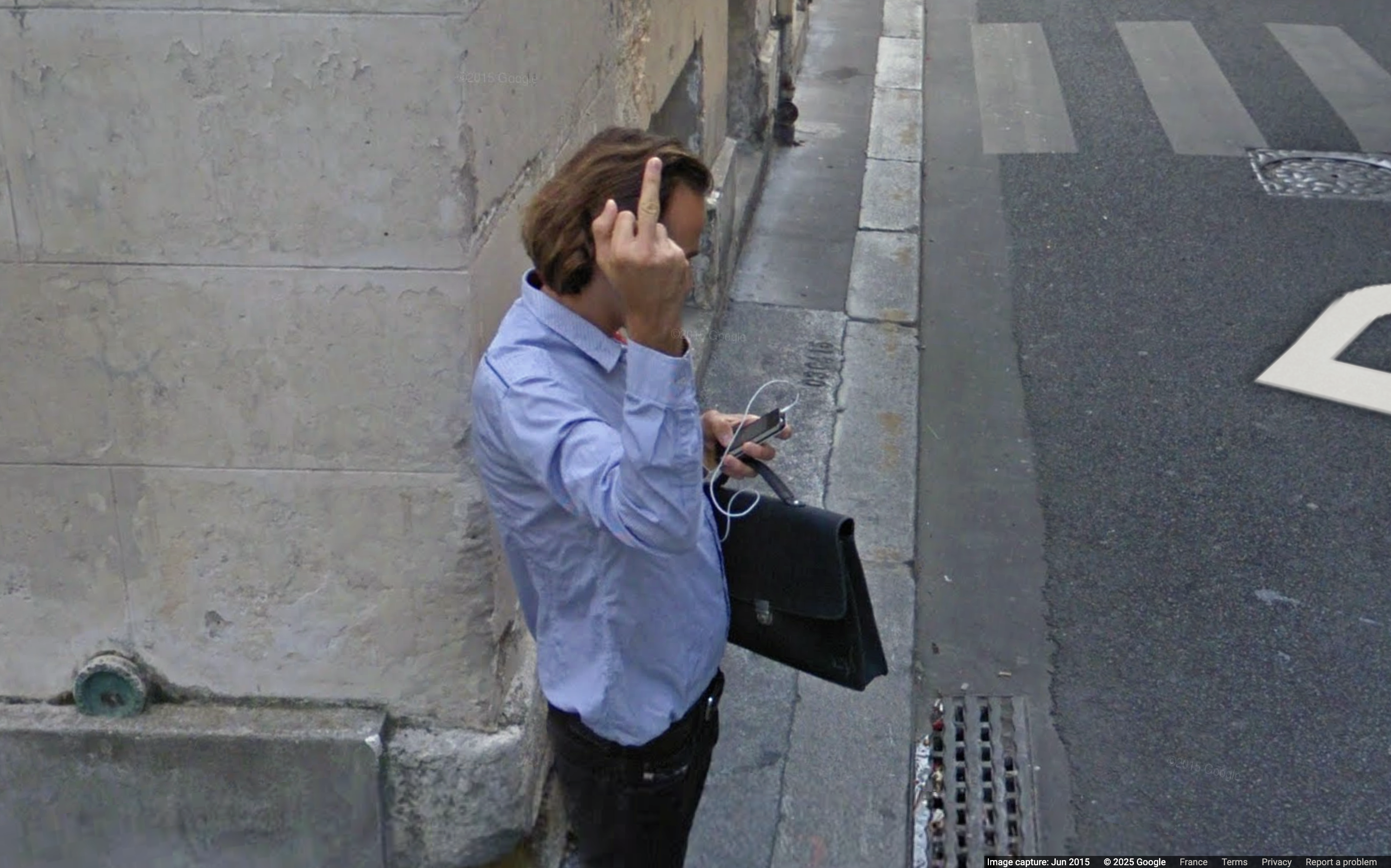Introduction to the Beijing art scene

We knew when we went to China that we’d find the art scene in full flourish. Chinese contemporary art, perhaps second only to the Olympics, has been the country’s global headline grabber in recent years. In 2008 five of the world’s top ten selling artists were Chinese.
What we didn’t know was quite how prolific the art scene would be. Step foot outside your hotel in Beijing and you’ll find yourself in an art district. Talk to anyone working in an arts-related industry and you’ll get a different answer as to which one is the newest, most interesting, most commercial, or must see.
Speaking to Yan Qing, owner of Aye Eastation, one of Beijing’s latest and most beautiful additions to the gallery scene, she explained the phenomenon as the product of a sequence of events. It started with a small group of young artists who formed an avant-garde movement in the late 1980s, using art as a way to express their angst and anguish at the Chinese regime. As the movement grew so the global art market took note and duly started to buy and sell.
Prices and demand increased exponentially. Areas where the first artists had settled together became destination districts and rent prices on buildings forced original occupants elsewhere. At the same time as the areas became more commercial so the artists shunned them, wishing to find areas where they could recreate the less formal, commune environment of the early years, which fuelled their inspiration more than the corporate money bags, which were moving in.
As word spread and the first generation of artists became national treasures a ‘career’ in art soon became acknowledged as a viable money earner, and a very good one at that. Fast forward barely two decades and Beijing is a city awash with artists and art districts alike.
This natural progression is just that - the natural consequence of a country developing so rapidly after such a long period of creative dearth and a country so willing to soak up economic and cultural intrigue from the rest of the world. The districts and artists might still be growing but the sad fact is the art itself is watered down by dint of how much there is and how many ‘artists’ there are hoping to jump on the bandwagon of their more genuinely talented forebears.
The contemporary Chinese art scene is also a victim of the global art market. Collectors swooped and Chinese art was tarnished with the brush of being ‘a trend’. Relative value suddenly seemed irrelevant and money was artificially pumped into work that simply didn’t warrant the price tag it was fetching.
Receive our daily digest of inspiration, escapism and design stories from around the world direct to your inbox.
Just as natural, however rapid, as the growth of the Chinese art market was, so it’s now naturally beginning to correct itself as the money drains out of the world’s pockets. Nobody wants to predict how far this correction will go but Yan Qing is confident it will leave the contemporary Chinese market in a better state, sorting the good from the try hard. In the meantime Beijing is still a city of art districts and, however ominous the outlook might be for many of China’s younger artists, the variation of these spaces and what they offer, both to artist and outsider alike, is remarkable.
-
 This cult Los Angeles pop-up restaurant now has a permanent address
This cult Los Angeles pop-up restaurant now has a permanent addressChef Brian Baik’s Corridor 109 makes its permanent debut in Melrose Hill. No surprise, it's now one of the hardest tables in town to book
-
 French bistro restaurant Maset channels the ease of the Mediterranean in London
French bistro restaurant Maset channels the ease of the Mediterranean in LondonThis Marylebone restaurant is shaped by the coastal flavours, materials and rhythms of southern France
-
 How ethical is Google Street View, asks Jon Rafman in Copenhagen
How ethical is Google Street View, asks Jon Rafman in CopenhagenIn 'Report a Concern - the Nine Eyes Archives' at Louisiana Museum of Art, Copenhagen, Jon Rafman considers technology's existential implications